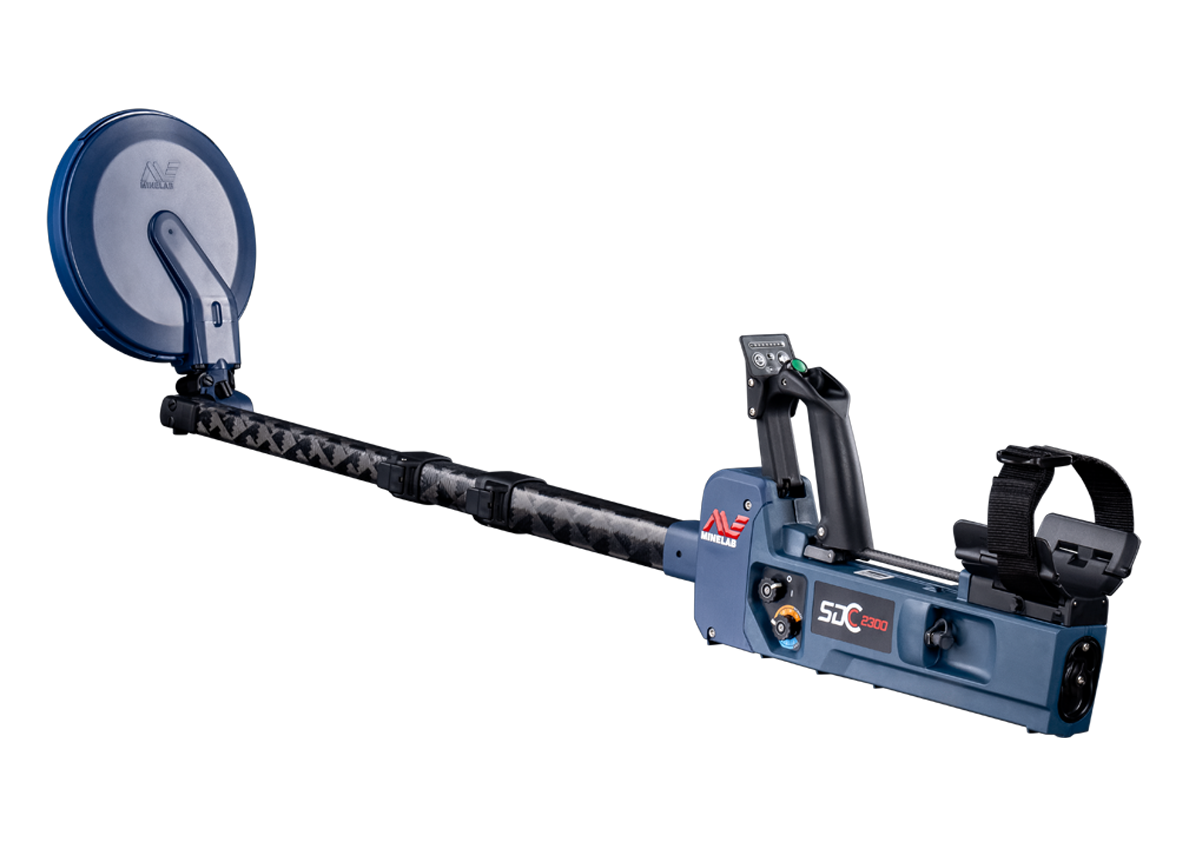When I looked down at the minuscule shard of iron in my hand I couldn’t help but be impressed. It was paper thin and only about a quarter the size of a grain of rice. This was my very first target found with the new SDC 2300 and it was incredibly small. So small in fact, that it would not trigger my digital scale! In the days to follow I would discover that not only could the SDC find incredibly small targets, it could pull them from ground that had been detected many times in the past. The place I chose to take my new SDC was one of my old nugget patches located in central Arizona in the foothills of the famed gold-bearing Bradshaw Mountains.

I knew this particular patch would make an ideal test site for a number of reasons. First and foremost, it had produced a lot of gold. Granted most of the nuggets taken from the patch had weighed less than a gram, but a few larger lumps weighing upwards of 8 ounces were taken in the early days of the VLF machines. I wasn’t banking on finding a trophy piece like this, but I was hopeful that I could at least squeeze one more nugget from its stubborn soil.
The second reason it made a good test site was the high level of ground mineralization. This particular spot had some really nasty sections of both mineralized soil and bedrock. The geology was a hodgepodge of granite, greenstone, and volcanic rock. The layer of gummy red clay and scattering of surface ironstone only added to its’ troublesome qualities. Years ago my first visit with a VLF machine produced zero gold, but plenty of frustration. I dug what seemed like dozens of holes that day and only a few of them were actual metallic targets; the rest had been either hot rocks or pockets of mineralization. It wasn’t until the release of the SD2000 that I was finally able to start punching through the mineralization “noise”, and even then it was extremely difficult to use a monoloop coil.
The final reason I chose this spot was the fact that it had been hunted to death by everyone and their brother since the 1990’s. Many prospectors avoid hammered areas such as this because they know the pickings will be incredibly slim. Usually I do too, however I have learned that a true test of a machine’s merit comes not from stumbling across a virgin patch, but rather from finding gold in places that have been supposedly “worked” out. My last visit to the patch with the GPX 5000 had netted me zilch, so I knew if I could pull something with the SDC; even a few targets, it would (be a positive sign) mean something.
When I arrived at the patch I started off with the Mode switch in the 2 position and had zero trouble getting a ground balance. I kept pushing the level until I hit a 4. This was the cutoff point and offered a good balance between background noise and stability. It behaved very similar to my GPX 5000, so there was essentially no learning curve. I dug five targets from the patch that day and all of them were incredibly small. There was a tiny lead BB and several shards of decomposed tin can, all of which had been missed before. I did squeeze out my very first SDC gold nugget and it was actually the biggest target of the day. It weighed in at a whopping 0.4 grams! Okay, maybe nothing to write home about, but gold is gold, and the fact that it came from an old patch was certainly noteworthy.

I’ll tell you more about my further testing, the next day, in Part 2 of this blog.
Chris Gholson
Arizona Outback, LLC
1.928.777.0267
Prescott, AZ USA





















Comments
To make comments you must be logged in, please note comments will not display immediately due to moderation